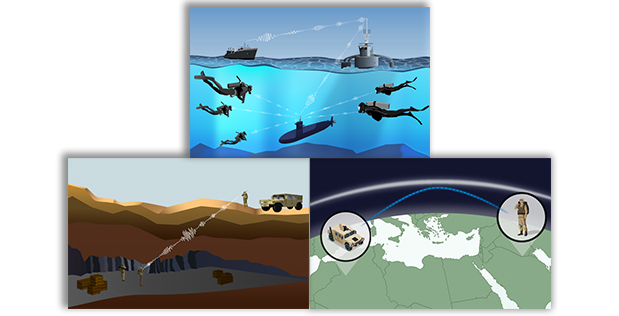
Breaking News
 BACKWARD ROLLING CONFIRMED: 1,624 Contracts Just Demanded Delivery NOW ($100 Silver is Inevitable)
BACKWARD ROLLING CONFIRMED: 1,624 Contracts Just Demanded Delivery NOW ($100 Silver is Inevitable)
SEMI-NEWS/SEMI-SATIRE: January 11, 2026 Edition
 "Appalling": Debanking Explodes To Record High In Britain
"Appalling": Debanking Explodes To Record High In Britain
 MTG explodes in astonishing f-bomb laden tirade as Trump orders Secret Service probe:
MTG explodes in astonishing f-bomb laden tirade as Trump orders Secret Service probe:
Top Tech News
 World's most powerful hypergravity machine is 1,900X stronger than Earth
World's most powerful hypergravity machine is 1,900X stronger than Earth
 New battery idea gets lots of power out of unusual sulfur chemistry
New battery idea gets lots of power out of unusual sulfur chemistry
 Anti-Aging Drug Regrows Knee Cartilage in Major Breakthrough That Could End Knee Replacements
Anti-Aging Drug Regrows Knee Cartilage in Major Breakthrough That Could End Knee Replacements
 Scientists say recent advances in Quantum Entanglement...
Scientists say recent advances in Quantum Entanglement...
 Solid-State Batteries Are In 'Trailblazer' Mode. What's Holding Them Up?
Solid-State Batteries Are In 'Trailblazer' Mode. What's Holding Them Up?
 US Farmers Began Using Chemical Fertilizer After WW2. Comfrey Is a Natural Super Fertilizer
US Farmers Began Using Chemical Fertilizer After WW2. Comfrey Is a Natural Super Fertilizer
 Kawasaki's four-legged robot-horse vehicle is going into production
Kawasaki's four-legged robot-horse vehicle is going into production
 The First Production All-Solid-State Battery Is Here, And It Promises 5-Minute Charging
The First Production All-Solid-State Battery Is Here, And It Promises 5-Minute Charging
 See inside the tech-topia cities billionaires are betting big on developing...
See inside the tech-topia cities billionaires are betting big on developing...
DARPA aims for personal mobile ultra low frequency radio for transmitting devices...

A DARPA project could enable radio to be transmitted through water and rock. Radio frequency signals hit veritable and literal walls when they encounter materials like water, soil, and stone, which can block or otherwise ruin those radio signals. This is why scuba buddies rely on sign language and there are radio-dead zones inside tunnels and caves.
With his newly announced A Mechanically Based Antenna (AMEBA) effort, program manager Troy Olsson of DARPA's Microsystems Technology Office is betting on a little-exploited aspect of electromagnetic physics that could expand wireless communication and data transfer into undersea, underground, and other settings where such capabilities essentially have been absent. The basis for these potential new abilities are ultra-low-frequency (ULF) electromagnetic waves, ones between hundreds of hertz and 3 kilohertz (KHz), which can penetrate some distance into media like water, soil, rock, metal, and building materials. A nearby band of very-low-frequency (VLF) signals (3 KHz to 30 KHz) opens additional communications possibilities because for these wavelengths the atmospheric corridor between the Earth's surface and the ionosphere—the highest and electric-charge-rich portion of the upper atmosphere—behaves like a radio waveguide in which the signals can propagate halfway around the planet.

 Storage doesn't get much cheaper than this
Storage doesn't get much cheaper than this

